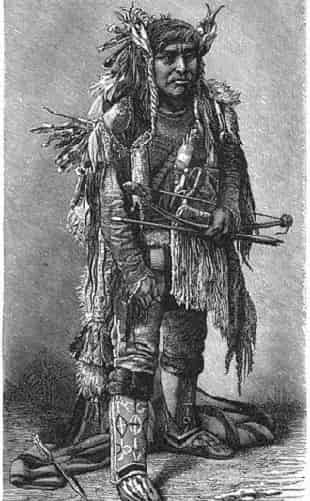

As a result of this severe restriction of culture and heritage, many language skills and traditional knowledge was lost. The children were punished if these rules were broken. Under the auspices of assimilation, speaking native languages was forbidden, even outside of the classroom, as was traditional clothing, food and other culturally specific habits or traditions. In the residential schools, siblings were often separated to help break traditional habits, and by extension, family ties. Most of the schools were located off of reserve land, and forced the separation of children from their families, their communities and their land over long periods of time.


Locations of residential schools (license: CC-BY-NC-ND 4.0 ) There were 139 federally funded Indian residential schools in Canada, 18 of which were in BC. From 1920 to 1948, attendance was compulsory for Aboriginal children between the ages of four and 16. The majority of the schools were federally funded and run by various Christian churches. Assimilation is a process of social integration that requires adopting, by choice or necessity, the ways of a different and often hegemonic culture or society. The Indian residential school system was created by the Canadian government in the mid-1880s and ran until the last school was shut in 1996. The goal of the residential school system was to educate and assimilate Aboriginal children into Christian, Euro-Canadian cultural norms and knowledge bases. Case Study 1: The Indian Residential School System


 0 kommentar(er)
0 kommentar(er)
